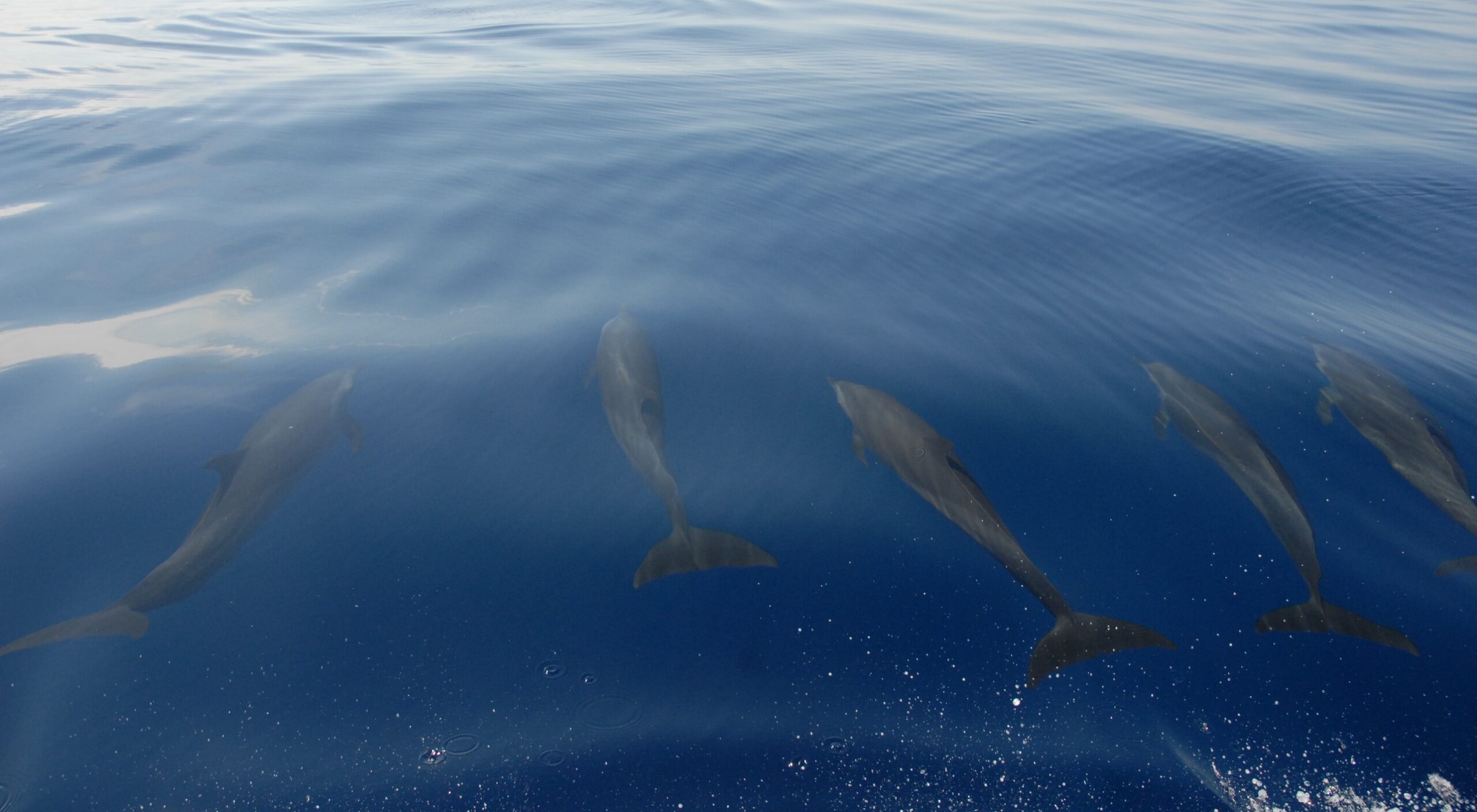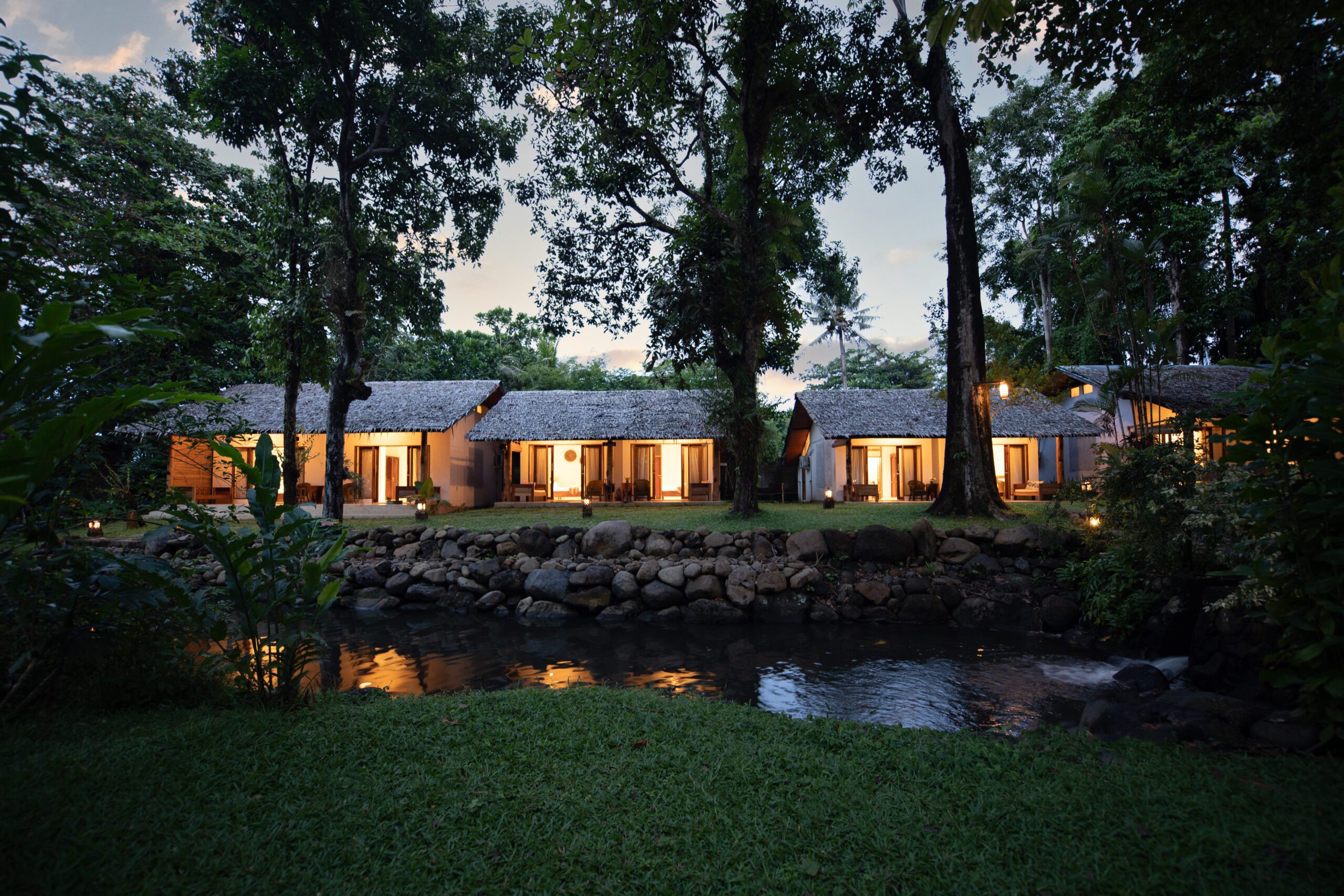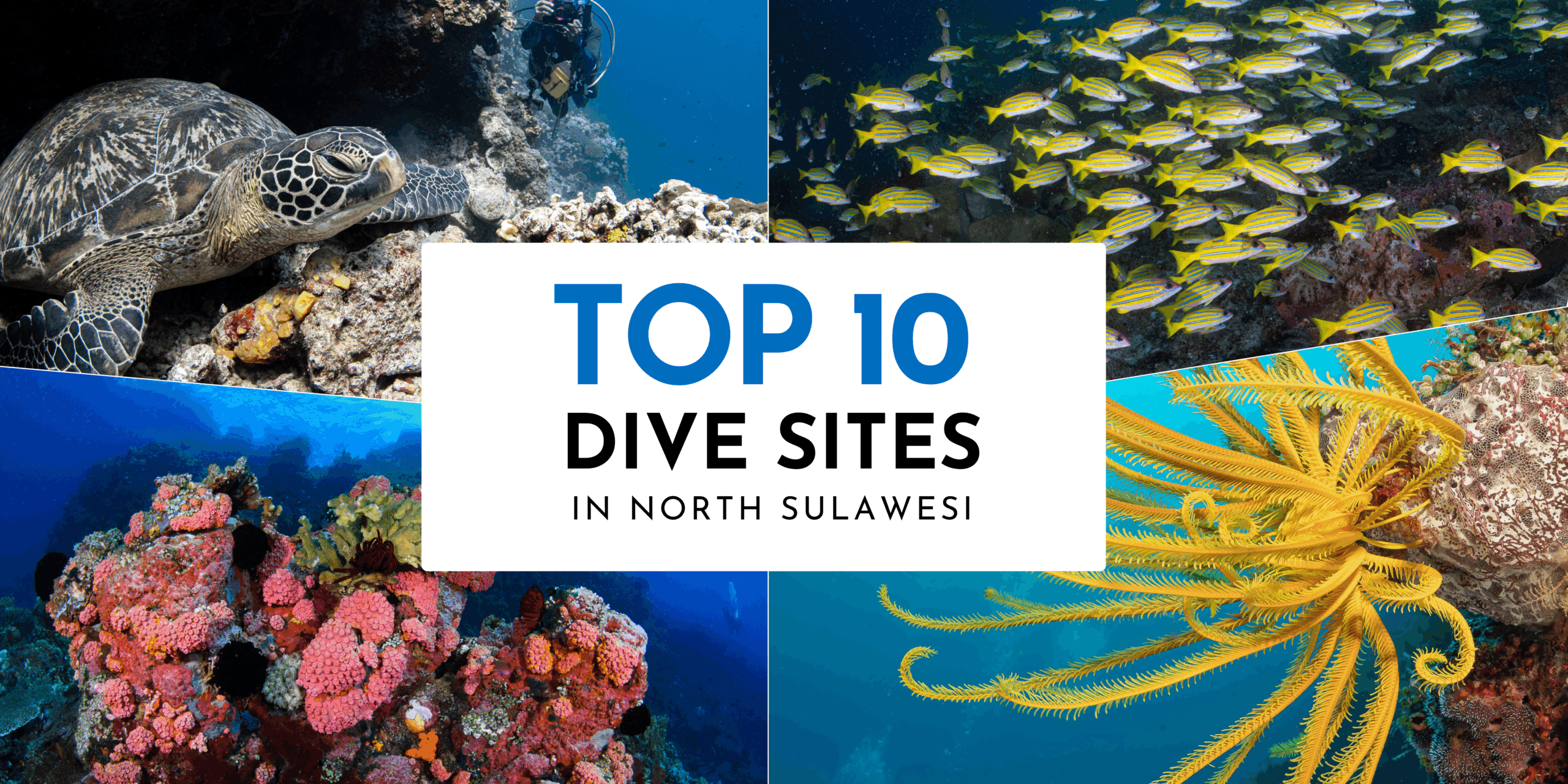
Unveiling the Wonders of Marine Mammals: A Comprehensive Guide
We are extremely fortunate to have sightings of marine mammals around Murex Manado, the Bunaken Marine Park and Bangka Island. Some of these sightings are seasonal as the animals migrate through our waters and others are known to be residential pods.
Seeing whales breaching and blowing or dolphins leaping in the bow stream of the boat is one of the major highlights that we are able to share with our guests! In this Blog we take a look at some of the different marine mammals that we see in our region of North Sulawesi.
1. Sperm whales (Physeter macrocephalus)
Sperm whales sightings are an extremely special event and they tend to be seasonal as the whales are migrating. Most of our sperm whale sightings are between March and April and again between August and September which is when the bulls migrate to and from their breeding grounds.
The male bulls can grow up to 16 metres and can weigh up to 45 tons. The females tend to be a little bit smaller, up to 12 metres long and weigh in at around 16 tons. Sperm whales are a deep diving species and they reach depths ordinarily of up to 600 meters but they have been known to occasionally dive as deep as 3,000 meters.
Sperm whales have extremely distinctive block-shaped heads which can account for one-third of their entire body length. Sperm whales live in family groups that consist of females and their young, while adult males often form smaller bachelor groups.
2. Bryde’s Whale (Balaenoptera edeni brydei)
Bryde’s whales are a type of baleen whale and they have an extremely distinct long and sleek body which resembles the shape of a torpedo. This species of whale (adults) can measure up to a massive 15 meters and weigh 25-30 tons.
Newborn Bryde’s whales measure 4-4.5 meters and weigh 1-2 tons and they will double in size in their first year. Bryde’s whales have smoky grey bodies that may appear brown in some lights but underneath they have pale bellies and almost white undersides to their tail flukes.
3. Short Finned Pilot whales (Globicephala macrorhynchus)
Short finned pilot whales actually belong to the dolphin family. They are extremely social and they form strong family bonds. We are lucky enough to have residential pods here in North Sulawesi – we have even had sightings of active pods in front of our Murex Manado Resort!
Short finned pilot whales are a relatively small species of whale which grow up to 5.5 metres if male and 3.7 metres if female. Although recognised as a smaller species, these whales can weigh anything from 1,000 to 3,000kgs. These whales, similar to sperm whales, also have a distinctive block-shaped head.
Fun Fact: Short finned pilot whales have been given the nickname “Cheetahs of the Deep” because of their ability to deep dive at high speeds to capture squid!
4. Risso’s Dolphin (Grampus griseus)
Risso’s dolphins are larger dolphins with a robust body and a bulbous head – they are also closely related to pilot whales. Unique to this species is scarring that occurs on their skin as they age.
This species of dolphin prefers deeper waters which is why we often have sightings of them when making the crossing to Bunaken where there is a deep ocean trench between Bunaken Island and the North Sulawesi mainland.
5. Dugong (Dugong dugon)
Dugongs, also known as sea cows, are often mistaken for manatees – but they are actually much smaller in size. This species is spotted in the Bunaken Marine Park on rare occasions but we have more frequent sightings around Murex Bangka. Dugongs prefer shallow coastal waters where they can find their primary food – seagrass. When we are exploring areas of sea grass we might not always see a dugong but you can certainly see the sandy trails that they leave behind when feeding!
6. Spinner Dolphins (Stenella longirostris)
Spinner dolphins are best known for their acrobatic displays which usually take place at sunrise and sunset. These displays are a form of communicating to the pod that it’s time to rise up and go out hunting or time to settle down for the night.
The dolphins leap through the water’s surface spinning as they do before splashing back down. Spinners live in pods and are known to ‘work with’ other species when hunting – they will also accept other species into their pods.
7. Pantropical Spotted Dolphins (Stenella attenuate)
Closely related to spinner dolphins, the pantropical spotted dolphin is an extremely athletic looking species of dolphin – and it’s the species that we most commonly see jumping alongside our boats!
Pantropical spotted dolphins can grow up to 2.4 meters (females) or 2.6 meters for males. Both males and females weigh up to 120kg.
Fun Fact: Pantropical spotted dolphins are also known as ‘spotters’, however, this species is not born with spots – they take time to appear. Different pods also appear to have different amounts of spots!
Diving in North Sulawesi

These are just a few of the marine mammals species that we see here in North Sulawesi but we are constantly being surprised. We are looking forward to what marine mammals our waters bring next!
Are you planning your next dive trip? Why not join us here in North Sulawesi? Combine Murex Bangka with Murex Manado to see more of our region, or max out your diving opportunities with a Passport to Paradise with Lembeh Resort as one of the destinations!
Contact us today for more information or to make a booking on reservations@murexresorts.com. We look forward to welcoming you to our North Sulawesi resorts soon.
FURTHER READING
If you enjoyed reading this marine life Blog, you may also enjoy:





